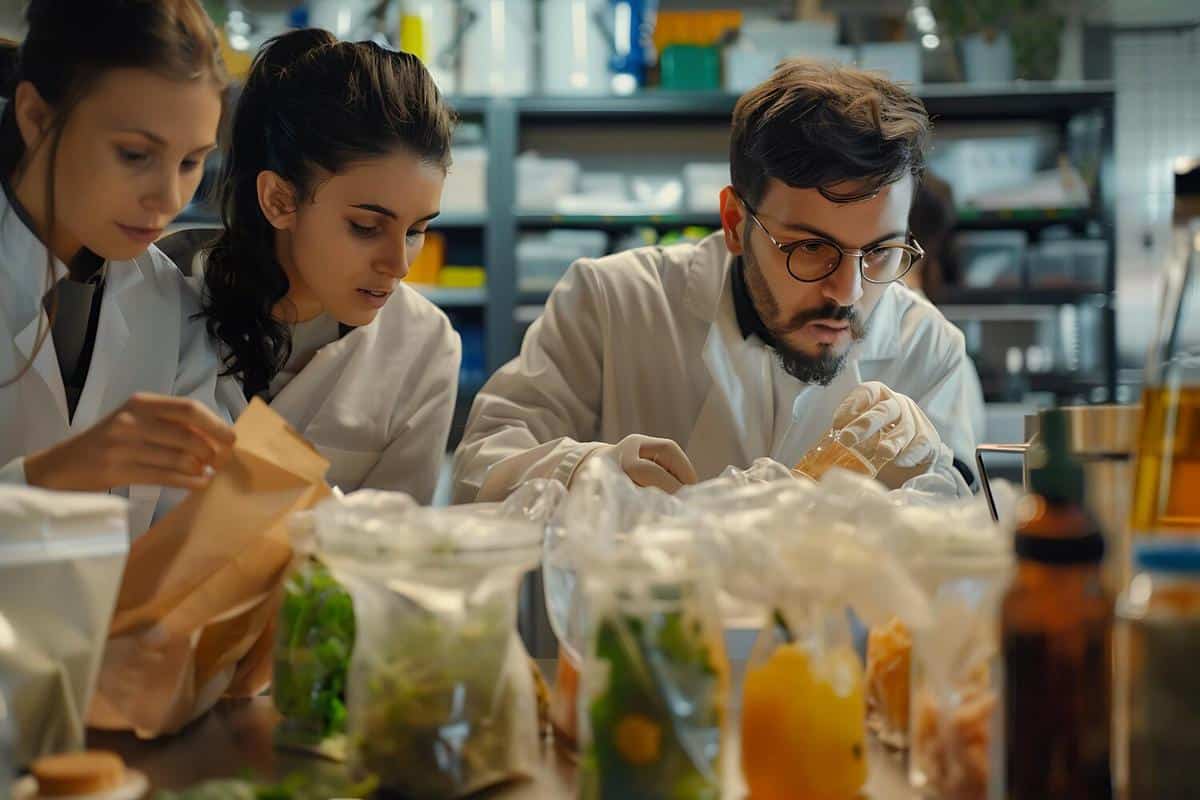
The Future of Sustainable Eating: Innovations and Trends to Watch
The way we eat is undergoing a remarkable transformation as sustainability becomes a central focus of our dietary choices. With growing awareness of the environmental impact of food production and consumption, innovative solutions are paving the way for a more sustainable future. This article explores the latest trends and innovations in sustainable eating, offering insights and actionable tips to help you embrace this meaningful change.
As climate change and resource depletion continue to pose significant challenges, the food industry is evolving to meet the demand for sustainable practices. According to a report by the Food and Agriculture Organization, sustainable diets are those with low environmental impacts, contributing to food security and healthy lifestyles for present and future generations. Embracing these principles is crucial for a healthier planet.
Innovations Shaping Sustainable Eating
Recent advancements in technology and agriculture are driving the sustainable eating movement. For instance, vertical farming is gaining traction as a way to produce food in urban areas with minimal land use. This method not only conserves space but also reduces the need for transportation, cutting down on emissions.
Expert Insights
Dr. Mark Bittman, a food policy expert, highlights that “sustainable eating involves not just what we eat, but how it is produced, distributed, and consumed.” It’s about creating systems that ensure food is grown in harmony with nature.
Plant-Based Alternatives
Plant-based diets are becoming increasingly popular as individuals seek to minimize their carbon footprint. Studies have shown that diets rich in fruits, vegetables, and plant-based proteins can significantly reduce greenhouse gas emissions. The rise of plant-based meat alternatives is a testament to this trend.
Statistics and Trends
| Innovation | Impact |
|---|---|
| Vertical Farming | Conserves land and resources |
| Plant-Based Proteins | Reduces greenhouse gases |
| Regenerative Agriculture | Improves soil health |
| Food Waste Reduction | Decreases landfill usage |
| Local Sourcing | Minimizes transportation emissions |
| Alternative Proteins | Diversifies food sources |
| Smart Packaging | Reduces plastic waste |
| Agroforestry | Enhances biodiversity |
Steps You Can Take
Transitioning to sustainable eating doesn’t have to be daunting. Start by incorporating more plant-based meals into your diet. Opt for locally sourced produce to support regional farmers and reduce your carbon footprint.
FAQs
What is sustainable eating?
Sustainable eating focuses on consuming foods that have a low environmental impact and contribute to food security and health.
How can I start eating more sustainably?
Begin by reducing meat consumption, choosing seasonal produce, and supporting local farmers markets.
Conclusion
The future of sustainable eating is bright with innovation and change. By adopting new habits and supporting sustainable practices, you can contribute to a healthier planet and a more equitable food system. Explore more resources on sustainable eating and join the movement towards a sustainable future.


